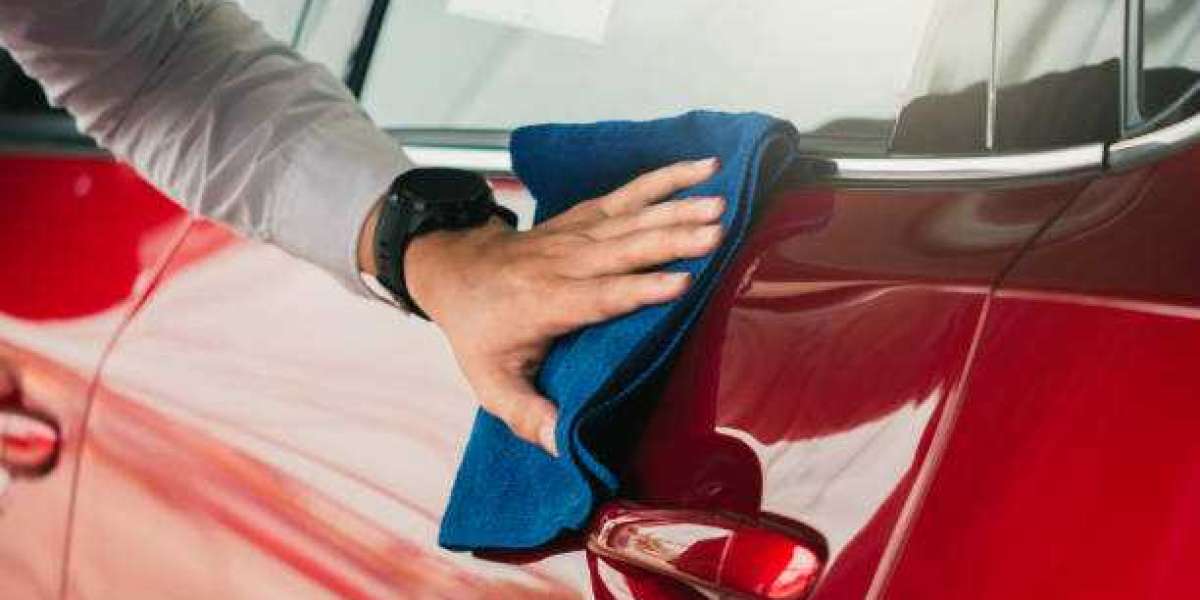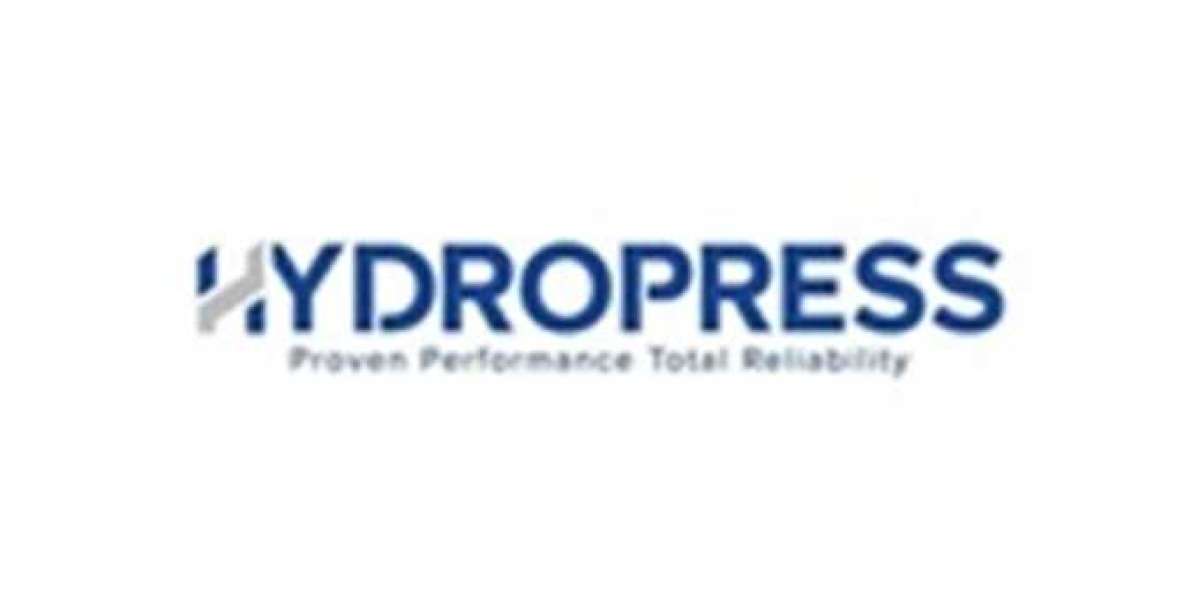If you're looking to elevate your vehicle's appearance, exterior detailing is the way to go. It goes beyond a simple wash, providing a comprehensive clean and protective finish. In this article, we will explore the best techniques for Exterior Detailing Services that can keep your vehicle looking fresh and new.
1. What is Exterior Detailing?
Exterior detailing refers to the thorough cleaning, restoration, and protection of all exterior surfaces of a vehicle.
Definition and Purpose
The primary goal of exterior detailing is to enhance the vehicle's aesthetics while preserving its value. This process removes contaminants, blemishes, and scratches, ultimately leaving a showroom shine.
Difference Between Washing and Detailing
While washing typically involves cleaning the exterior with soap and water, detailing is a more comprehensive process that includes cleaning, polishing, and protecting surfaces.
2. Essential Tools for Exterior Detailing
To achieve the best results, having the right tools is crucial.
List of Necessary Tools
- Microfiber towels: Soft and absorbent for drying and polishing.
- Buckets: For the two-bucket wash method.
- Detailing brushes: To clean hard-to-reach areas.
- Clay bar kit: For removing contaminants.
- Polisher: For applying polish and wax.
- Quality wax or sealant: For protecting the paint.
Importance of Quality Tools
Investing in quality tools ensures better results and minimizes the risk of damaging your vehicle's surfaces.
3. Best Techniques for Exterior Detailing
Now that we have the tools, let's dive into the best techniques for exterior detailing.
Pre-Wash Preparation
Before you even touch a sponge, it's essential to prepare your vehicle.
- Inspection of the Vehicle: Look for scratches, dents, or other imperfections.
- Removing Loose Debris: Use a leaf blower or air compressor to clear dust and debris from crevices.
Hand Washing Techniques
Once you're prepared, it's time to wash your vehicle.
- Two-Bucket Method: One bucket for soapy water and the other for rinsing your wash mitt. This prevents dirt from scratching the paint.
- Use of Microfiber Towels: Microfiber towels are gentle and effective for drying and polishing, reducing the risk of swirl marks.
4. Clay Bar Treatment
A clay bar treatment is a crucial step in achieving a smooth surface.
What is a Clay Bar?
A clay bar is a malleable material that removes embedded contaminants from the paint surface.
Step-by-Step Process
- Prepare the Surface: Wash and dry the vehicle thoroughly.
- Lubricate: Use a clay bar lubricant to prevent scratching.
- Rub the Clay Bar: Gently glide the clay bar over the surface to remove contaminants.
5. Polishing Techniques
Polishing is essential for restoring your vehicle's shine.
Importance of Polishing
Polishing removes minor scratches and swirls, enhancing the paint's clarity and depth.
Different Types of Polishers
- Dual-action polishers: User-friendly and safe for beginners.
- Rotary polishers: More aggressive but require experience.
6. Waxing and Sealing
Waxing and sealing provide a protective barrier for your vehicle's paint.
Types of Wax and Sealants
- Carnauba wax: Natural wax that provides a warm shine.
- Synthetic sealants: Offer longer-lasting protection.
Application Techniques
- Use a Foam Applicator: Apply a thin layer of wax or sealant using a foam applicator pad.
- Buff with a Microfiber Towel: Allow to cure and buff off with a clean microfiber towel.
7. Finishing Touches
To complete the detailing process, add some finishing touches.
Tire Dressing
Applying tire dressing enhances the look of your tires and protects against cracking.
Windows and Trim Care
Don’t forget to clean and polish your windows and trim for a cohesive finish.
8. Maintenance Between Detailings
Regular maintenance can extend the life of your detailing efforts.
Recommended Cleaning Practices
- Regular washes: Aim for every 2-4 weeks.
- Spot cleaning: Address stains or contaminants immediately.
Importance of Regular Upkeep
Keeping your vehicle clean between detailings helps maintain the protective layers applied during detailing.
9. Choosing Professional Exterior Detailing Services
While DIY detailing can be rewarding, sometimes professional services are the best option.
Benefits of Hiring Professionals
- Expertise: Professionals have the knowledge and experience to handle your vehicle correctly.
- Time-Saving: Detailing can be time-consuming; professionals can complete the job efficiently.
What to Look for in a Detailing Service
- Reviews and Reputation: Check online reviews and ask for recommendations.
- Service Offerings: Ensure they provide the specific services you need.
Conclusion
Exterior detailing is an essential practice for anyone who wants to keep their vehicle looking its best. By employing the best techniques for Exterior Detailing Services, you can enhance your vehicle’s appearance and protect its value for years to come. Whether you decide to tackle detailing yourself or hire professionals, understanding these techniques will help you achieve outstanding results.
FAQs
How often should I detail my vehicle?
- Ideally, every 3-6 months, depending on usage and environmental factors.
Can I detail my vehicle in the sun?
- It’s best to detail in the shade to avoid product drying too quickly and to prevent swirl marks.
Is professional detailing worth it?
- Yes, professionals can provide a level of detail and care that may be difficult to achieve on your own.
What products should I use for exterior detailing?
- Look for high-quality shampoos, waxes, and sealants specifically designed for automotive use.
Can exterior detailing remove scratches?
- Minor scratches can often be removed through polishing during the detailing process.











